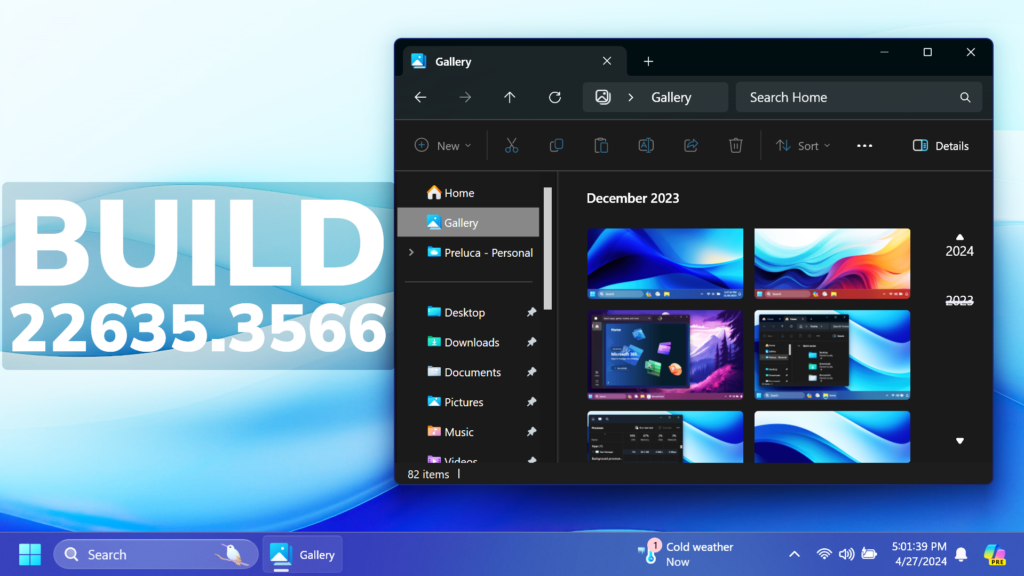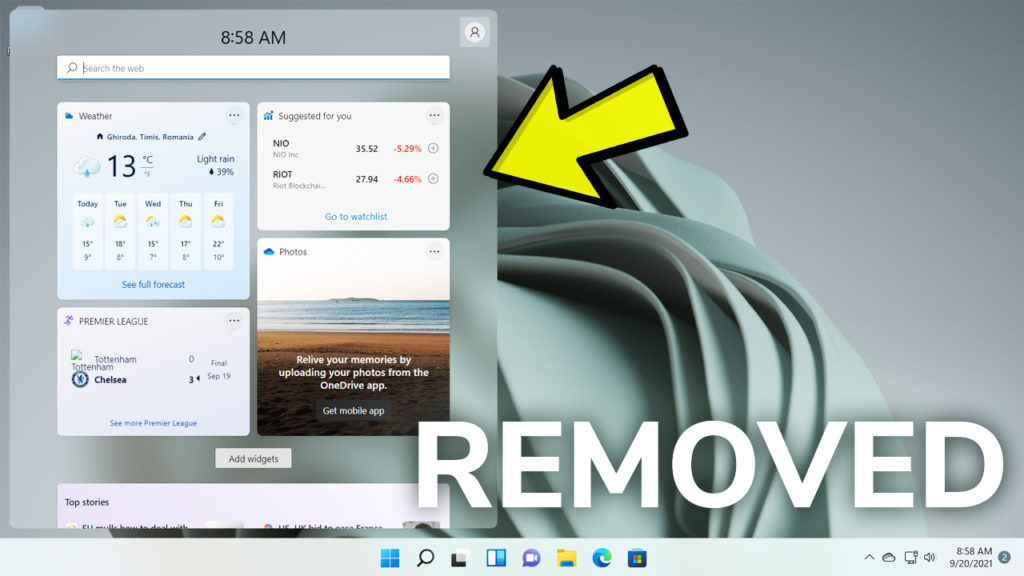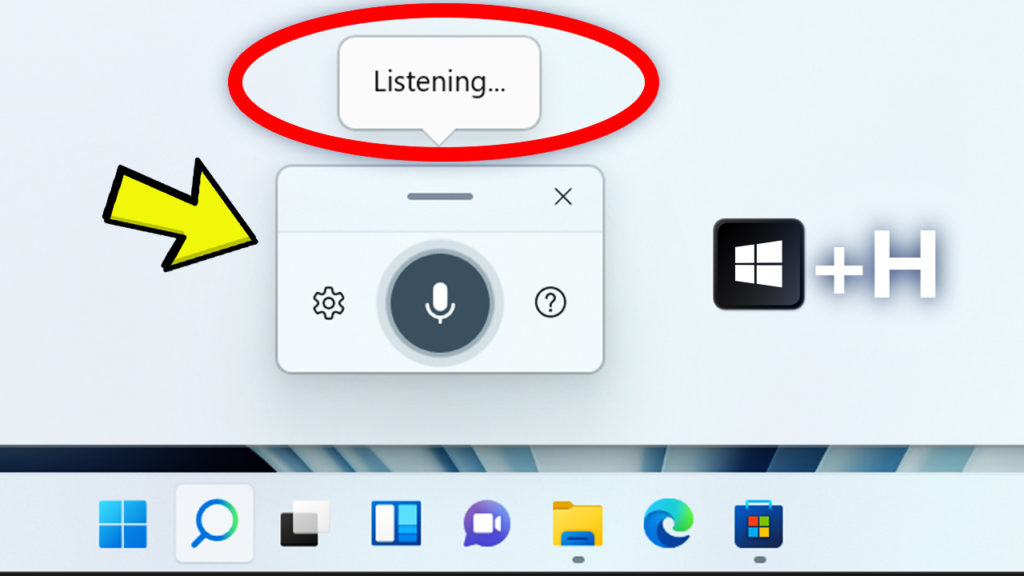In this article, we will talk about the latest Windows 11 Insider Preview Build for the Beta Channel, which is Build 22635.3566.
Microsoft is making some changes to the Beta Channel:
- They will no longer release 2 different builds for the Beta Channel, and everyone will now be on the same build
- Insiders who want all the new features will need to toggle on the get the latest updates as they are available setting in Windows Update
- Features will be tested in 2 different ways: new features, improvements, and fixes that are being gradually rolled out for Insiders who have turned ON the toggle to get the latest updates as they are available and then new features, improvements, and fixes gradually rolling out to everyone in the Beta Channel.
Taskbar and System Tray
Microsoft is now showing the “show desktop” button by default and users can still manage this by right-clicking on the taskbar and choosing “Taskbar settings” (which opens Settings > Personalization > Taskbar directly).
File Explorer
Dragging-and-dropping files with your mouse between breadcrumbs in the File Explorer Address Bar that began rolling out with Build 22635.3420 is now available to all Insiders in the Beta Channel.
Start Menu
The All Apps Section in the Start Menu has received some more improvements and also the addition of folders in the Section.
New work in progress Start > All apps grid view update, 22635.3566 edition: the new view now shows folders! And some minor visual tweaks. https://t.co/U0Jh3UJxn7 pic.twitter.com/NR6AxE9COd
— PhantomOcean3 🌳 (@PhantomOfEarth) April 26, 2024
Create Archives in Windows 11
Despite being a Windows 11 24H2 Feature, Microsoft is testing the ability to create Arhives with more formats in the Beta Channel.
Support for creating 7z and TAR archives natively is being backported from Germanium (24H2) to version 23H2/22H2 (Nickel). Present and fully functional in Beta 22635.3566, but disabled by default.
— PhantomOcean3 🌳 (@PhantomOfEarth) April 27, 2024
vivetool /enable /id:49256040 pic.twitter.com/CieGGcmCXd
New Copilot Option
Inside the Settings App, you will have the option to turn off Copilot opening up on Hover.
Looks like you'll be able to toggle Copilot automatically opening on hover off from the Settings app! When this experiment first started rolling out in earlier Beta builds, there was no toggle. (22635.3566) pic.twitter.com/aqKQMriiNJ
— PhantomOcean3 🌳 (@PhantomOfEarth) April 26, 2024
Fixes in this Build
- This update improves the Widgets icons on the taskbar. They are no longer pixelated or fuzzy. This update also starts the rollout of a larger set of animated icons.
- This update affects Widgets on the lock screen. They are more reliable and have improved quality. This update also supports more visuals and a more customized experience for you.
- This update fixes an issue which was causing Settings to crash when copying out text in the last few flights.
- This update addresses an issue that affects universal printers. The system creates duplicate print queues for them.
- This update adds support for Arm64 .msi files using a Group Policy Object (GPO). You can now use the Group Policy Management Console (GPMC) to add Arm64 .msi files. You can also use a GPO to install these files on Arm64 machines.
- This update affects hypervisor-protected code integrity (HVCI). It accepts drivers that are now compatible.
- This update addresses an issue that occurs when you elevate from a normal user to an Administrator to run an application. When you use a PIN to sign in, the app will not run.
- This update affects Windows Subsystem for Linux 2 (WSL2). Intermittent name resolution fails in a split DNS setup.
- This update addresses an issue that affects the netstat -c It fails to perform effective port exhaustion troubleshooting.
- This update addresses an issue that affects a low latency network. The speed of data on the network degrades significantly. This occurs when you turn on timestamps for a Transmission Control Protocol (TCP) connection.
- This update addresses an issue that affects the Distributed Transaction Coordinator (DTC). A memory leak occurs when it retrieves mappings.
- This update includes quarterly changes to the Windows Kernel Vulnerable Driver Blocklist file, p7b. It adds to the list of drivers that are at risk for Bring Your Own Vulnerable Driver (BYOVD) attacks.
- This update affects the touch keyboard. It makes the Japanese 106 keyboard layout appear as expected when you sign in.
- This update adds a new mobile device management (MDM) policy called “AllowScreenRecorder.” It affects the Snipping Tool. IT admins can use this policy to turn off screen recording in the app.
- This update addresses an issue that affects Bluetooth Advanced Audio Distribution Profile (A2DP) hardware offload. A stop error occurs on PCs that support it.
- This update addresses a memory allocation issue in the Host Networking Service (HNS). The issue causes high memory consumption. It also affects service and pod deployment and scaling.
- This update addresses an issue that affects the container networking Address Resolution Protocol (ARP). It returns the wrong Virtual Subnet ID (VSID) for external ports.
- This update affects media allocations. It improves their memory granularity for some hardware setups. This lowers overcommitment. Also, performance is more efficient.
- This update addresses an issue that affects an accelerator backing store management path. A memory leak occurs that affects some devices.
- This update addresses an issue that affects Windows Local Administrator Password Solution (LAPS). Its Post Authentication Actions (PAA) do not occur at the end of the grace period. Instead, they occur at restart.
- This update addresses a race condition that might stop a machine from starting up. This occurs when you set up a bootloader to start up multiple OSes.
- This update makes Country and Operator Settings Asset (COSA) profiles up to date for some mobile operators.
- This update addresses an issue that affects the Resilient File System (ReFS). A high load might make the system unresponsive. Also, signing in might be slow.
- This update addresses an issue that affects Settings. It stops responding when you dismiss a flyout menu.
- This update addresses an issue that affects Protected Process Light (PPL) protections. You can bypass them.
For more information about this Build, you can check this article from the Microsoft Blog.
For a more in-depth presentation of the New Build, you can watch the video below from the YouTube channel.



